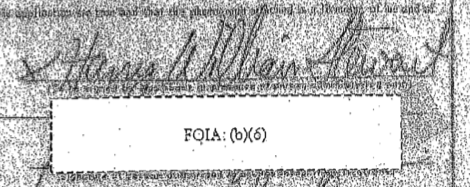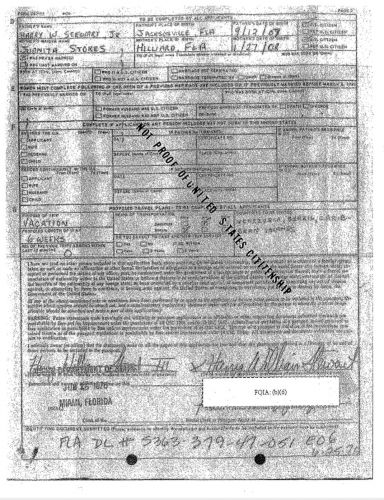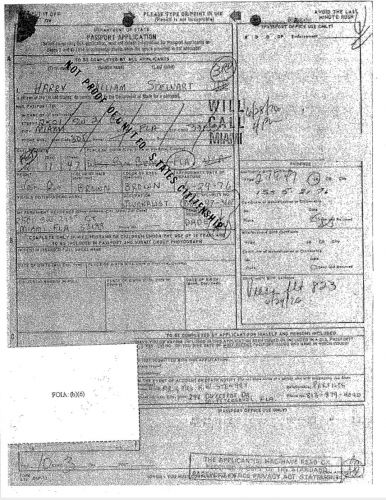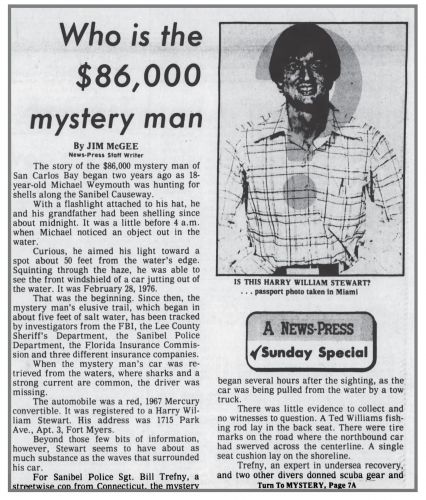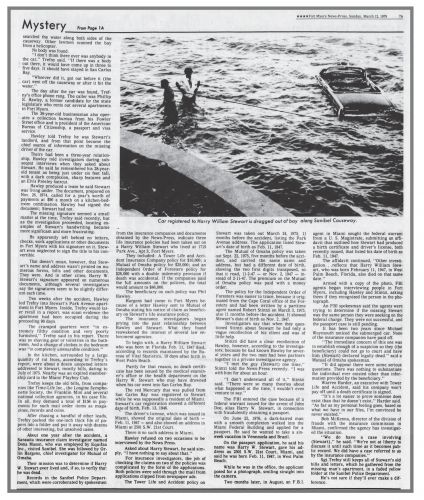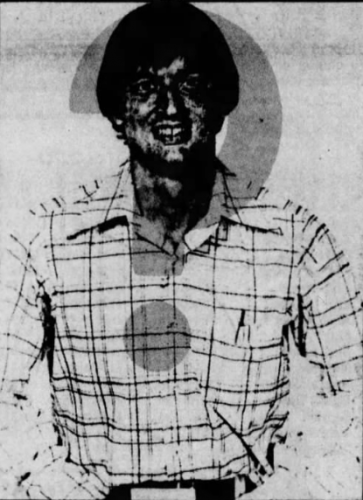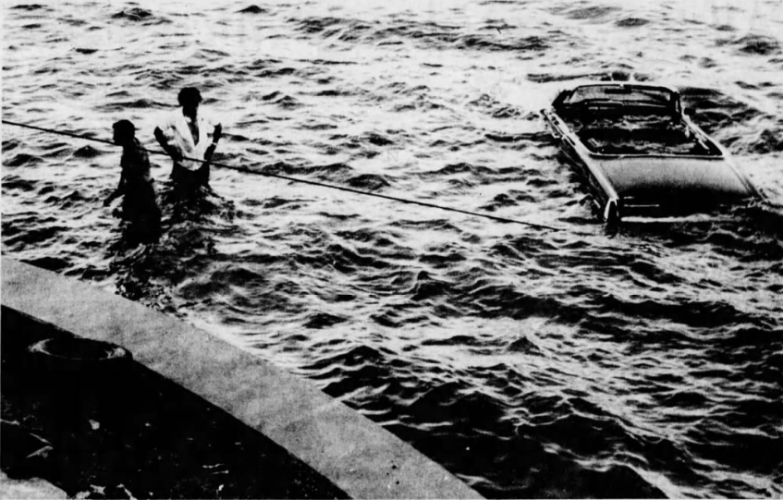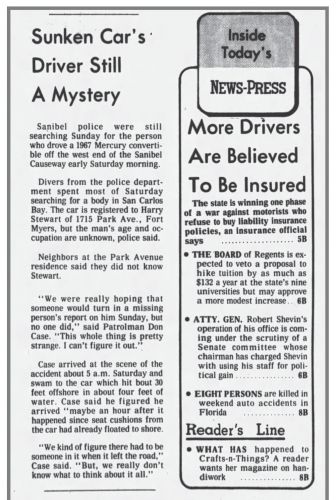Delia investigates whether or not a fictitious identity manufactured in South Florida in the late 1970’s could tether Bob and Phil’s history more than previously thought.
Episode Photos
Episode Source Material
- “Who Is the $86,000 Mystery Man” by Jim McGee for The Fort Myers News-Press, March 12, 1978 via Newspapers.com
- “Sunken Car’s Driver Still A Mystery” by staff for The Fort Myers News-Press, March 1,1976 via Newspapers.com




